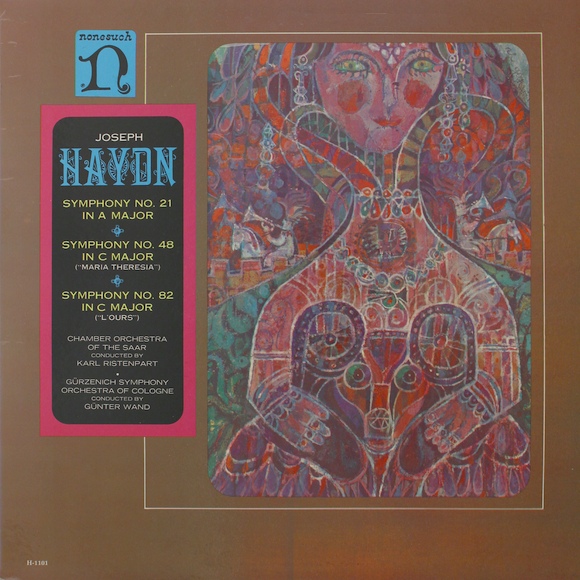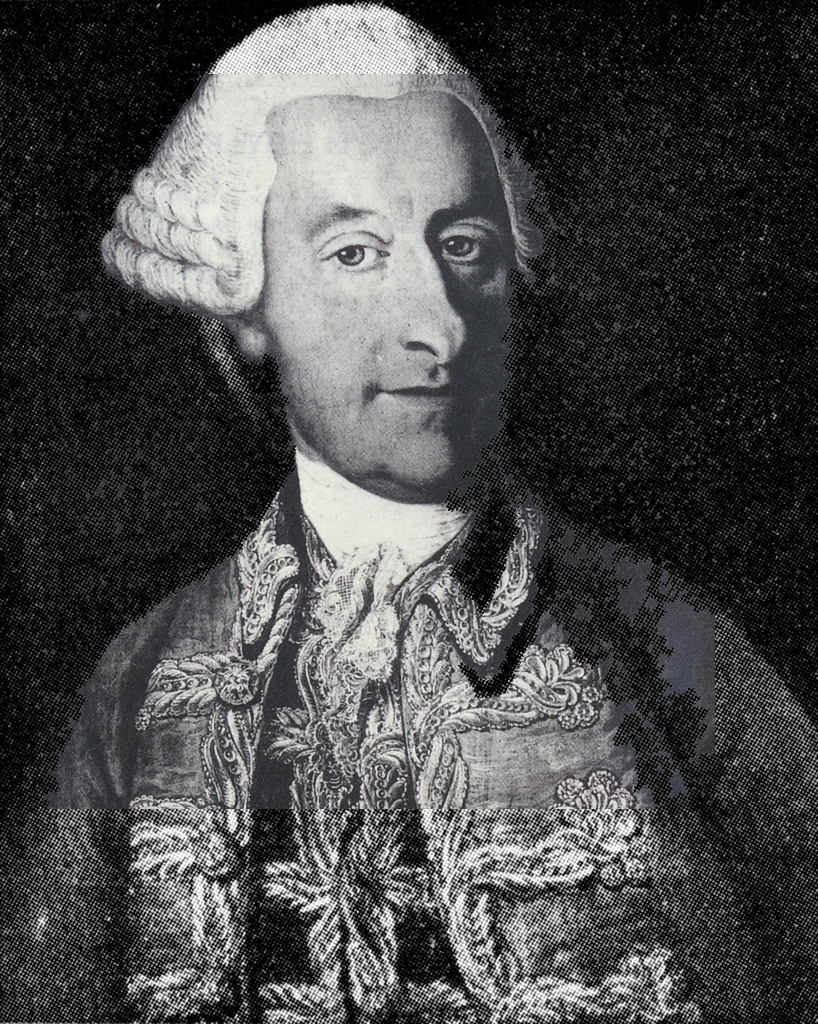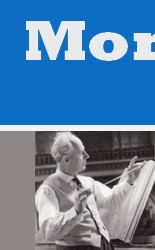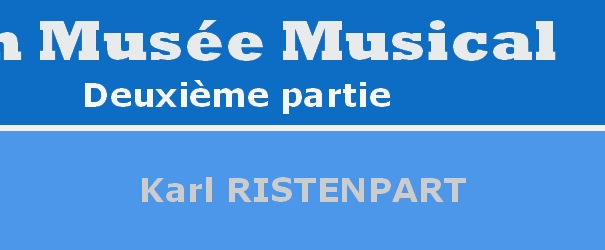
Conception de la pochette de William S. HARVEY, graphisme de Abe GERBIN
Le 24 novembre 1955, dans le Studio II de Saarlouis (d'après les données de la
Voici donc...
Joseph Haydn, Symphonie No 48 en do majeur, Hob. I:48, Orchestre de Chambre de la Sarre, Karl Ristenpart, 24 novembre 1955, Studio II, Saarlouis




